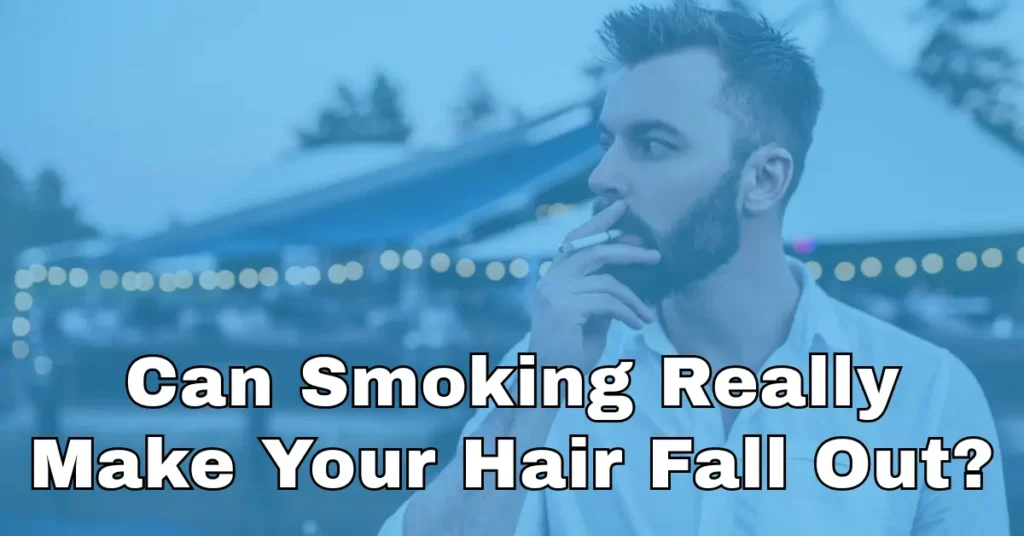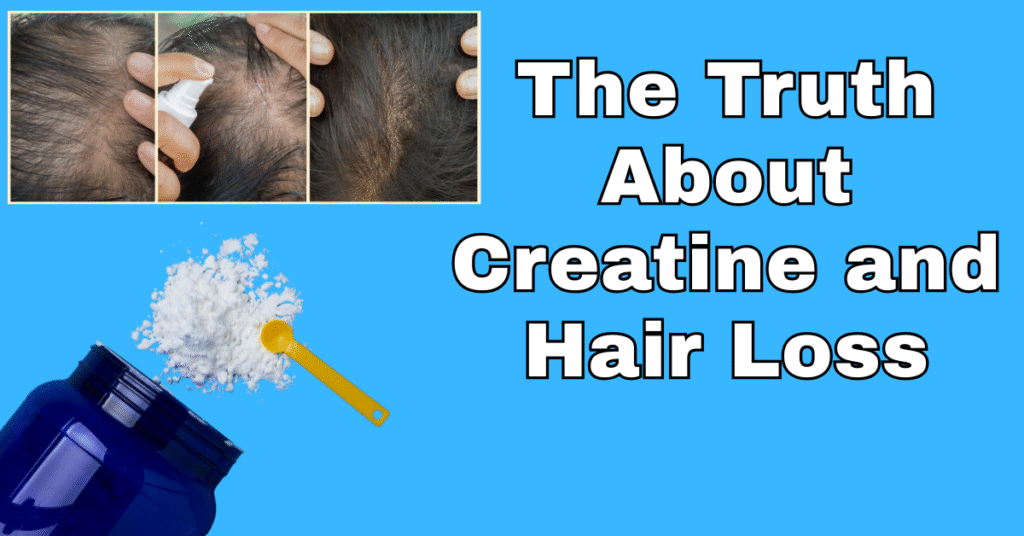Can Smoking Really Make Your Hair Fall Out? This is a question many men and women ask when they start noticing thinning hair, bald spots, or early signs of hair loss. Smoking doesn’t just harm your lungs and heart—it also affects your scalp and hair follicles. The toxins in cigarettes reduce blood flow, limit oxygen delivery, and create oxidative stress, which weakens hair roots and speeds up shedding. Over time, this can cause visible thinning, receding hairlines, and worsen androgenetic alopecia.
Research shows that quitting smoking can make a real difference. Improved circulation and nutrient absorption help hair follicles recover and support new hair growth. For anyone exploring treatment for hair loss, hair regrowth, or long-term solutions, understanding the link between smoking and hair health is the first step toward stronger, healthier hair.
Understanding the Link Between Smoking and Hair Loss
Hair loss affects millions of men and women worldwide. While genetics, hormonal imbalances, nutritional deficiencies, and stress are common causes, lifestyle habits like smoking are often overlooked. Scientific research confirms that smoking accelerates hair thinning and can trigger early hair loss.
Studies published in Dermatology show that smokers are more likely to experience pattern baldness, diffuse hair thinning, and type of hair loss linked to oxidative stress and inflammation.
How Smoking Contributes to Hair Loss:
- Reduced Blood Flow to the Scalp – Nicotine and other chemicals in cigarettes constrict blood vessels. Poor circulation limits oxygen and nutrient delivery to hair follicles, impairing growth.
- Oxidative Stress – Free radicals in cigarette smoke damage follicle cells, making them prone to shrinkage and miniaturization.
- DNA Damage – Harmful chemicals affect the DNA of hair follicle cells, disrupting the natural hair growth cycle.
- Hormonal Imbalances – Smoking may affect hormones like DHT, increasing sensitivity in hair follicles and accelerating androgenetic alopecia.
Scientific Evidence Supporting the Smoking–Hair Loss Connection
Research highlights the direct relationship between smoking and hair loss:
- Male smokers are more likely to develop moderate to severe androgenetic alopecia.
- Smoking elevates inflammatory cytokines that damage hair follicles and accelerate aging.
- Heavy smokers may experience early-onset hair thinning, even without strong genetic predisposition.
These studies confirm that smoking is not a minor contributor—it actively speeds up hair loss in men and women.
How Smoking Damages Hair Follicles
Understanding the follicular impact explains why smoking harms hair:
- Restricted Oxygen Supply – Hair follicles thrive on oxygen-rich blood. Smoking increases carbon monoxide, reducing oxygen delivery. Follicles weaken, enter the telogen phase sooner, and shed hair more easily.
- Collagen Breakdown – Smoke damages collagen and elastin that support hair follicles, leading to fragile, thinning hair.
- Increased Sebum Production – Smoking may overstimulate sebaceous glands, causing excess oil that clogs follicles and worsens inflammation.
- Scalp Inflammation – Toxins trigger chronic inflammation around hair grafts and follicles, damaging the donor area and recipient area, sometimes resulting in scarring alopecia.
Does Quitting Smoking Help With Hair Regrowth?
The good news is yes. Quitting smoking improves overall health and creates a better environment for hair regrowth:
- Restores blood flow to the scalp and donor site.
- Reduces oxidative stress and inflammation.
- Supports nutrient absorption essential for hair follicle strength.
While some hair loss may be permanent, combining quitting with proper nutrition, topical treatments, and professional hair restoration procedures, like FUE (Follicular Unit Extraction) or FUT (Follicular Unit Transplantation), can produce new hair growth. Advanced techniques, including MHI & DHI methods, provide long-term solutions for thinning areas and bald spots.
Lifestyle Factors That Worsen Hair Loss With Smoking
Smoking rarely acts alone. Other contributing factors include:
- Poor Diet – Deficiencies in vitamin C, vitamin E, and zinc reduce hair strength.
- Stress – Stress triggers hair shedding, amplifying smoking-induced hair fall.
- Sleep Disturbances – Nicotine disrupts sleep, slowing hair regeneration.
- Alcohol Consumption – Alcohol depletes nutrients needed for hair regrowth.
Preventing and Managing Smoking-Related Hair Loss
Steps to protect your hair:
- Quit Smoking – The most crucial step. Seek help through therapy, medications, or nicotine replacement.
- Nutrition – Eat protein-rich foods, iron, zinc, and antioxidants to nourish hair follicles.
- Hair Treatments – Use minoxidil, finasteride, or other treatment for hair loss options.
- Scalp Care – Regular massages improve circulation; gentle shampoos reduce inflammation.
- Professional Hair Restoration – Consult a hair transplant surgeon for advanced solutions. Options include FUE, FUT, MHI & DHI methods, and fue hair transplantations. Transplant surgeons evaluate the donor area, recipient area, and type of hair loss to deliver customized hair transplant procedures with long-term hair regrowth and restored confidence.
Common Myths About Smoking and Hair Loss
- Myth 1: “Smoking only harms lungs.”
Truth: It damages almost every body part, including hair follicles. - Myth 2: “Genetics override smoking.”
Truth: Genetics may set the stage, but smoking accelerates baldness and hair thinning. - Myth 3: “Switching to e-cigarettes stops hair loss.”
Truth: Nicotine still impacts circulation and follicle health.
When to See a Doctor
Notice excessive shedding, thinning crowns, or receding hairlines? Consult a dermatologist or hair restoration specialist. Early intervention improves outcomes for hair regrowth, transplanted hair, and overall scalp health.
Final Thoughts
Can Smoking Really Make Your Hair Fall Out? Yes. Cigarette toxins reduce blood flow, create oxidative stress, and damage hair follicles, accelerating androgenetic alopecia and visible thinning. Genetics may drive baldness, but smoking worsens it.
The good news: quitting smoking, proper nutrition, scalp care, and professional hair transplant surgeries—including FUE, FUT, MHI & DHI methods—can support new hair growth and long-term hair restoration. Taking action today protects both your health and your hair, offering a sustainable solution for hair loss.















